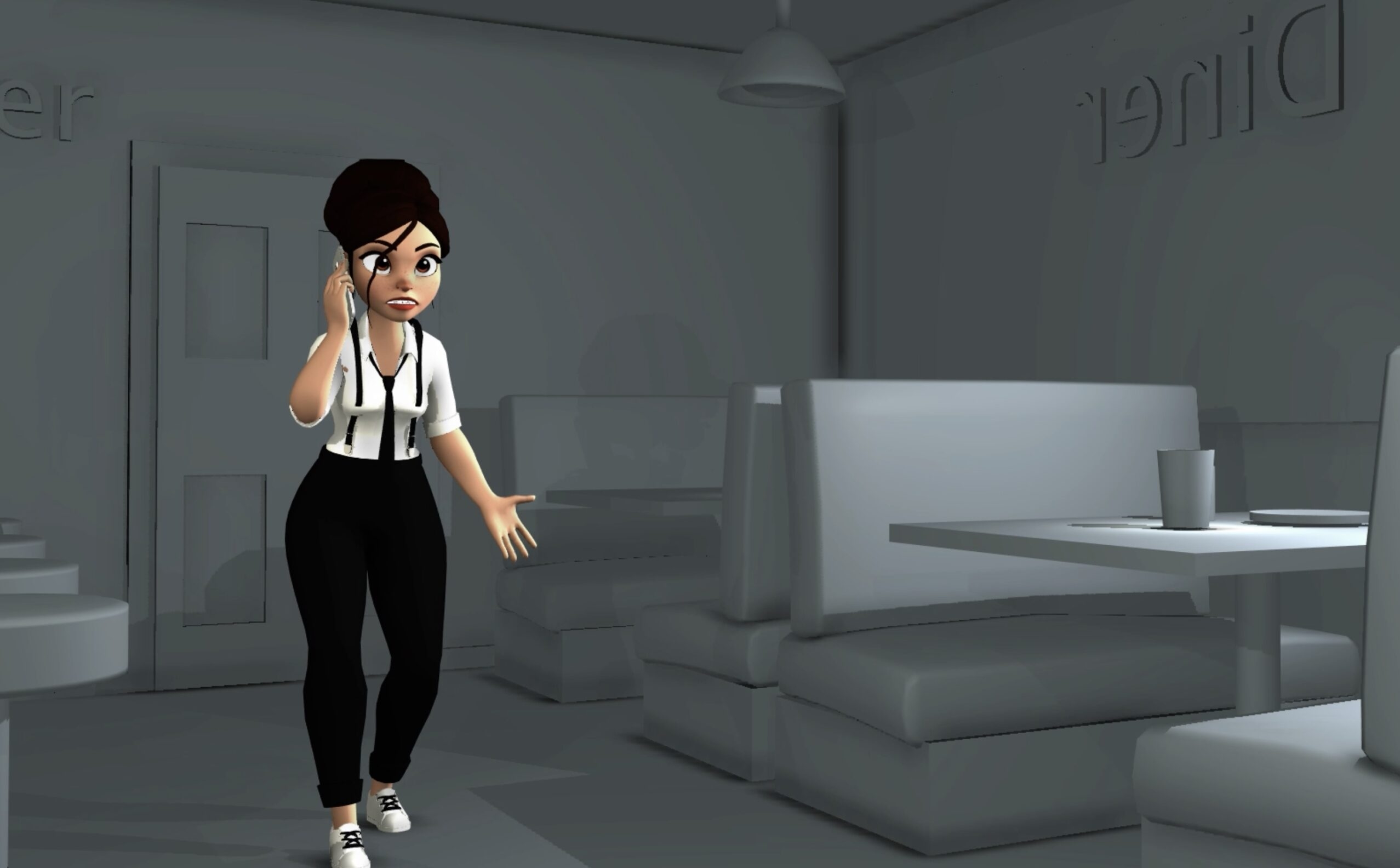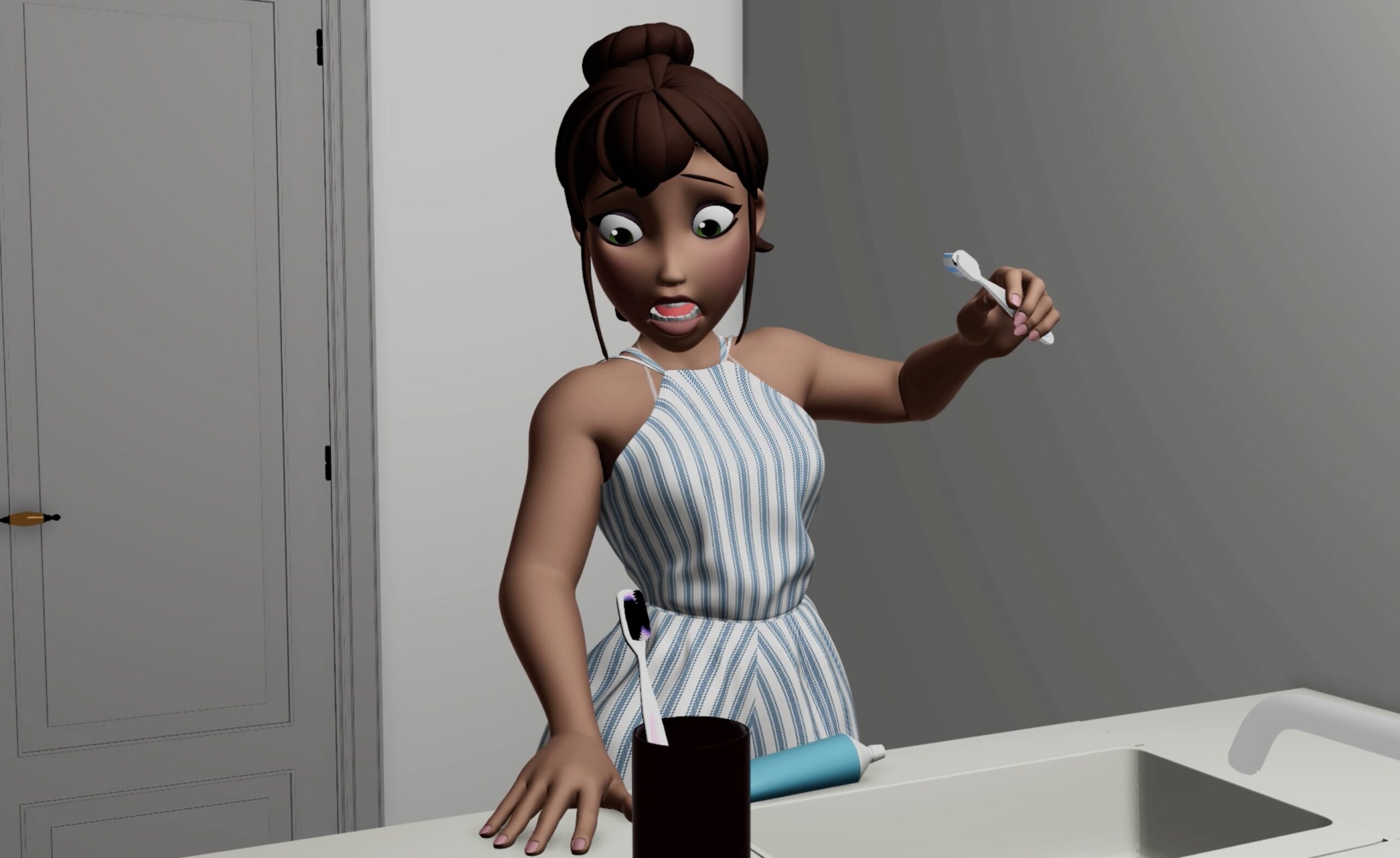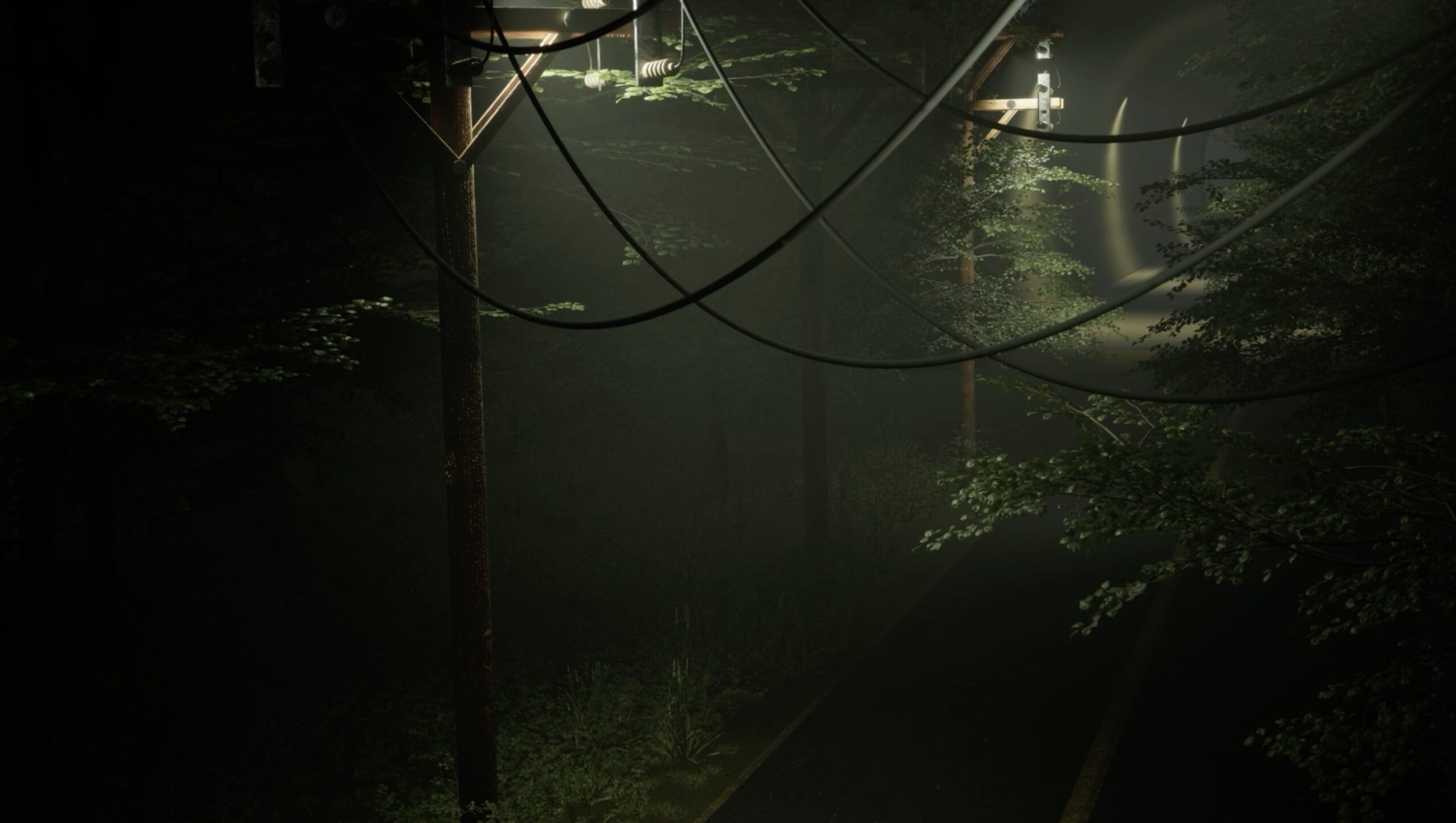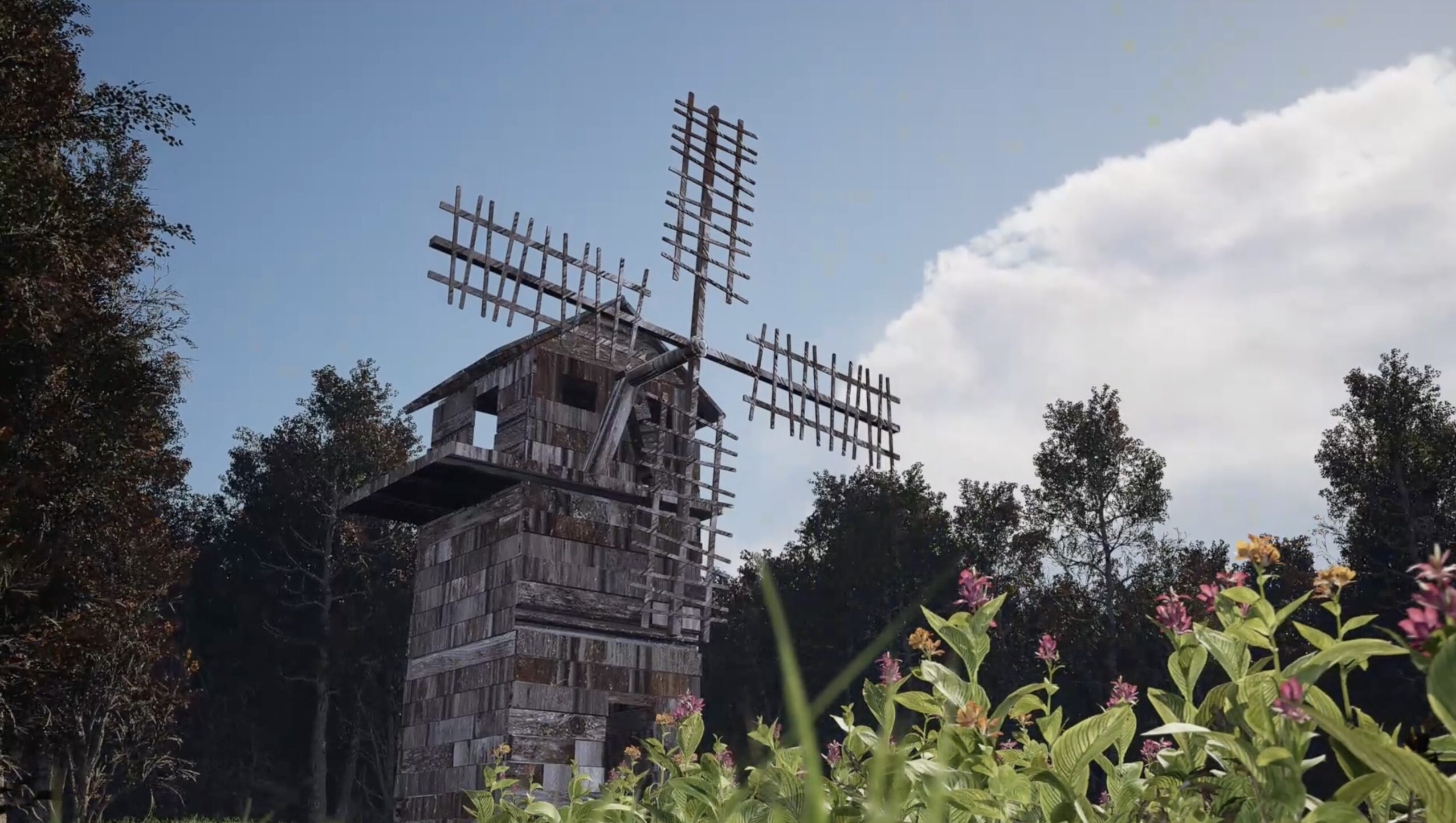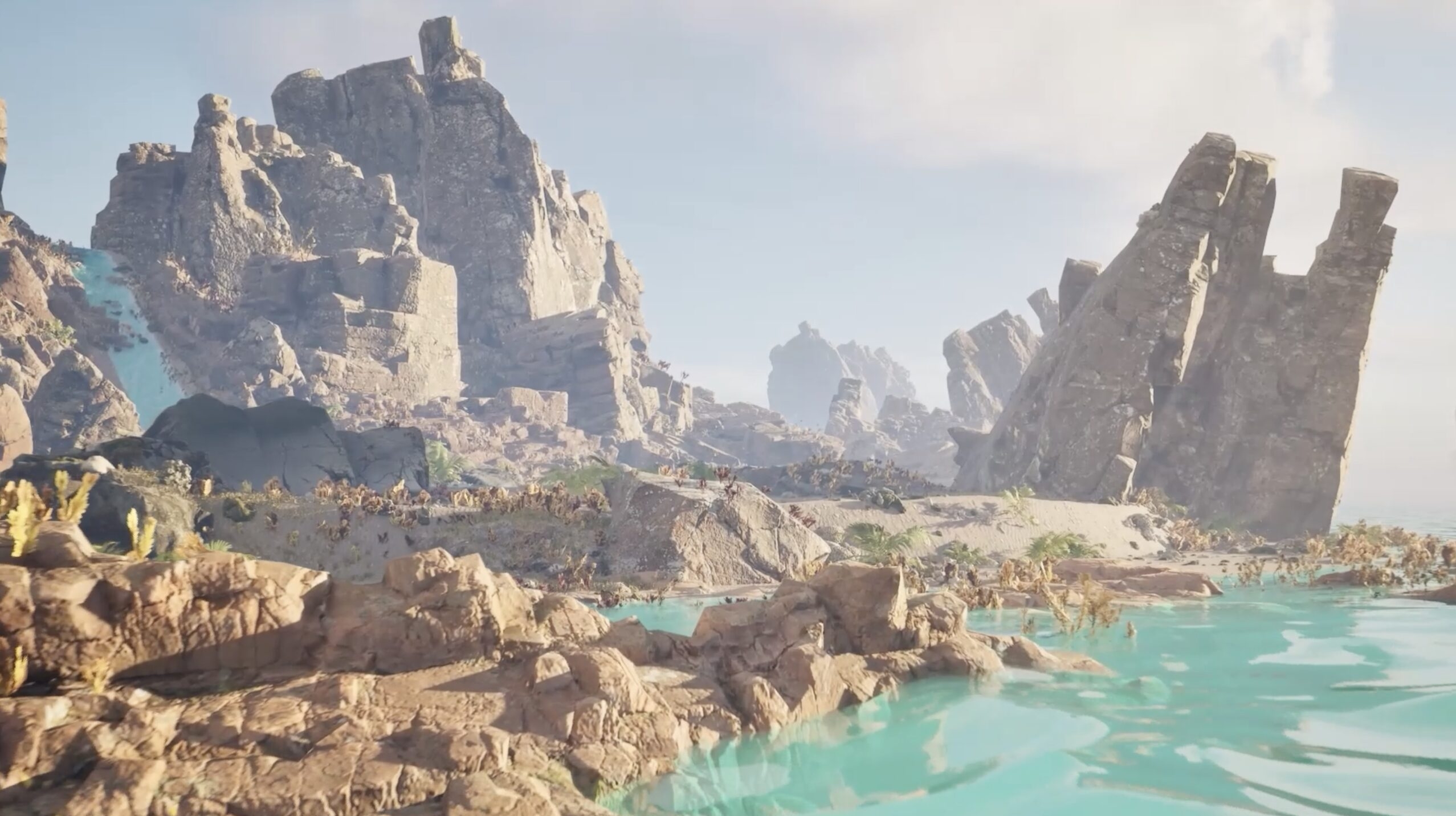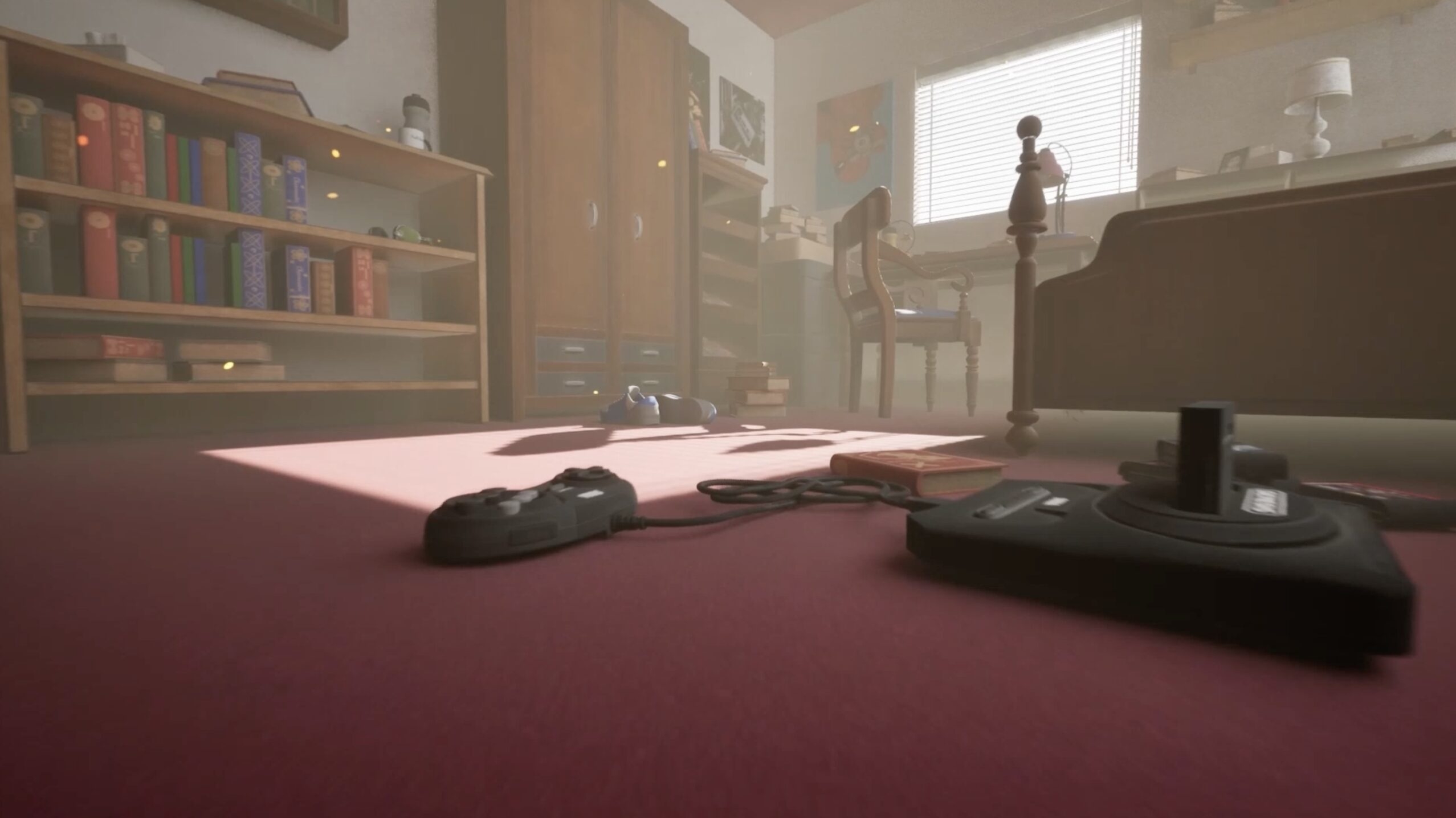Film and Animation BA (animation concentrations)
Our Mission and Vision
The goal of the Animation program is to help students reach their creative potential through theoretical and hands-on practice. More importantly, the FDU Animation program challenges students to imagine bigger and engage in creative risk-taking under the direction of dedicated faculty and industry mentors. The world of animation beckons anyone who is interested in creating moving imagery for a broad variety of purposes and without limitations.
About the Degrees
Our undergraduate Animation program offers three concentrations: 3D Animation, 2D Animation, Video Game Animation. Upon entry, animation majors select one of these concentrations to be their area of focus. As they work their way through the curriculum students have the option to switch concentrations, should they decide to do so. Anyone interested in doing double concentrations should meet with the Program Director to determine if that is possible on an individual basis.
In addition to the credits required for each concentration shown below, students must fulfill the college general education requirements.
Student Learning Objectives
Students in the Animation Majors will be able to:
- Develop and compose written conceptual materials effectively.
- Convey information and ideas through visual imagery proficiently.
- Engage actively in verbal critiques and discussions.
- Create high-quality 2D and 3D character animations.
Industrial Application of Skills and Competencies:
Graduates of the program will be prepared to:
- Utilize the principles of animation language as applied in the video game industry.
- Write detailed character biographies, video game design proposals, treatments, and storylines effectively.
- Apply animation knowledge specifically to the context of the video game industry.
- Present animation and video game concepts, principles, and practices clearly in oral presentations.
Potential Career Paths*
The animation and video game industry is experiencing higher than average growth between 8% and 16% annually.
- Animators
- Special Effects Artists
- Video Game Designers
- Web Developer
- Digital Designer
*Statistics and information compiled by the United States Bureau of Labor Statistics
Special Admissions Instructions:
Undergraduate program applicants are not required to submit portfolios as part of the admissions process. At the undergraduate level, the university admits students based on the criteria set by the admissions department. However, if you have a portfolio, it is recommended that you submit it for review as it may strengthen your application.
Degree Requirements
Each degree and concentration below offer a different path for your learning. Please review the requirements and see what your journey might look like.
3D Animation Concentration
Theory and Production (30 Credits)
- ANIM 1500 Storyboarding
- ANIM 1750 Motion Graphics with After Effects
- ANIM 1850 3D Computer Modeling
- ANIM 2270 ZBrush Digital Sculpting
- ANIM 2500 3D Computer Animation
- ANIM 3330 3D Environment Modeling
- ANIM 3331 Logo and Product Animation
- ANIM 3341 Character Animation using CAT
- ANIM 4500 Thesis I
- ANIM 4600 Thesis II
Major Electives (12-15 Credits)
- 4-5 ANIM 1000-4000 Level Courses
2D Animation Concentration
Required Theory and Production (27 Credits)
- ANIM 1300 Writing for Animation
- ANIM 1400 Character Design
- ANIM 1500 Storyboarding
- ANIM 1750 Motion Graphics with After Effects
- ANIM 1501 Fundamentals of Animation Principles
- ANIM 1800 Vector Animation with Animate CC
- ANIM 2100 Tradigital Animation
- ANIM 4500 Thesis I
- ANIM 4600 Thesis II
Major Electives (15-18 Credits)
- 5-6 ANIM 1000-4000 Level Courses
- ART 1201 Drawing I
- CGD 1313 Creative Imagery with Photoshop
- CGD 1314 Illustrator Graphics & Design
- SOAC 4001 Professional Practice: Animation
Video Game Animation Concentration
Theory and Production (30 Credits)
- ANIM 1650 Game Design
- ANIM 2240 Low Poly 3D Modeling
- ANIM 2270 ZBrush Digital Sculpting
- ANIM 2500 3D Computer Animation
- ANIM 3330 3D Environment Modeling
- ANIM 3341 Character Animation using CAT
- ANIM 3350 3D Game Creation using Unreal
- ANIM 3450 3D Game Creation using Unity
- ANIM 4500 Thesis I
- ANIM 4600 Thesis II
Major Electives (12-15 Credits)
- 4-5 ANIM 1000-4000 Level Courses
- ART 1201 Drawing I
- CGD 1313 Creative Imagery with Photoshop
- SOAC 4001 Professional Practice: Animation
Other Animation Electives
- ANIM 1450 Drawing for Animation
- ANIM 2243 Advanced After Effects
- ANIM 2245 3D Character Modeling
- ANIM 2280 3D Printing
- ANIM 2285 3D Asset Creation for Video Games
- ANIM 2300 Texturing for 3D Production
- ANIM 3000 Fundamentals of Animation II
- ANIM 3100 2D animation with OpenToonz
- ANIM 3225 Vector Animation II
- ANIM 3250 3D Particle Animation and Effects
- ANIM 3343 Advanced Character Animation
- ANIM 3345 Custom 3D Character Rigging & Animation
- ANIM 3420 2D animation with Toon Boom
- ANIM 4100 Design & Development of Video Games
- ANIM 4422 Internship in Animation I
- ANIM 4423 Internship in Animation II
- ANIM 4800 Independent Study in Animation
- ANIM 4900 Faculty/Student Research
- ANIM 4901 Faculty/Student Research
